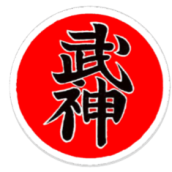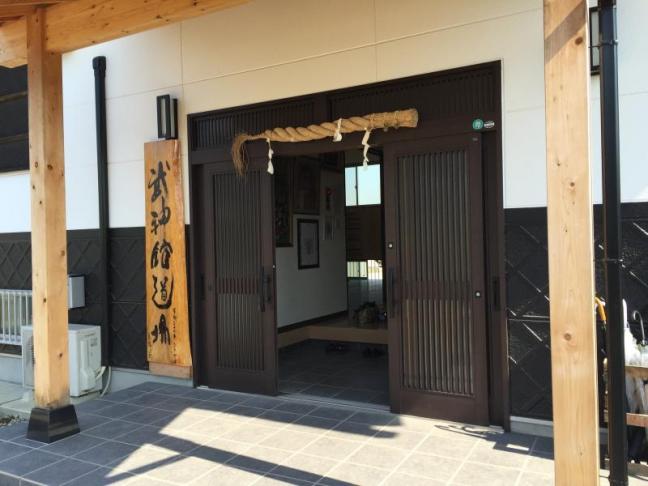

Dojo

The word "dojo" (道場) is often translated as "school," but that translation fails to capture the depth of the word. Translated literally, "dojo" means something closer to "the place of the way." It is considered to be a sacred place for the transmission of a traditional method of some sort, such as a martial art or tea ceremony (Cha-do 茶道). The word comes from "dojo-ji" (道成寺) which was an adjunct facility to a Buddhist temple where learning took place.
A classical Japanese dojo will have a specific layout in accordance to where the teacher sits, VIPs sit, and students sit. This is oriented based on either the cardinal directions or where the main door to the training space is situated, or both. Often there are Shinto trappings associated with martial art's dojo, as well as Buddhist elements, given the traditional religions of Japan and the relationship of many of the classical arts to various shrines and temples. This is not required of all dojo, and no particular faith is required for the study of the art. Some teachers choose to use the classical motif and some do not.
In the Bujinkan, the outdoors holds special significance for training. Training in nature is encouraged. This is related to the philosophies of some of the schools within the Bujinkan (Shinden Fudo Ryu and Togakure Ryu). Linkages to the practices of the Yamabushi (mountain aescetics) or Shugenja exist in the history of the schools of the Bujinkan. Respect for and an understanding of nature are part and parcel for Bujinkan practice. Hatsumi Sensei was trained primarily outdoors by his teacher Takamatsu Sensei.
For this reason, the Sheridan Bujinkan Dojo trains outside during the warm seasons. This helps develop a better feeling for real life environments. Grass, dirt, rocks, and uneven terrain train the pracitioner to adapt to changing circumstances better than smooth mats. Being close to nature brings something out from the practice that a traditional dojo cannot always reveal.
Ultimately, a dojo is any place where sincere training takes place. It should be treated with care. Do not eat or drink on the mats of the dojo floor. When outdoors, leave the area as you found it, pick up trash if you see any, and attempt to leave no trace from your practice.
